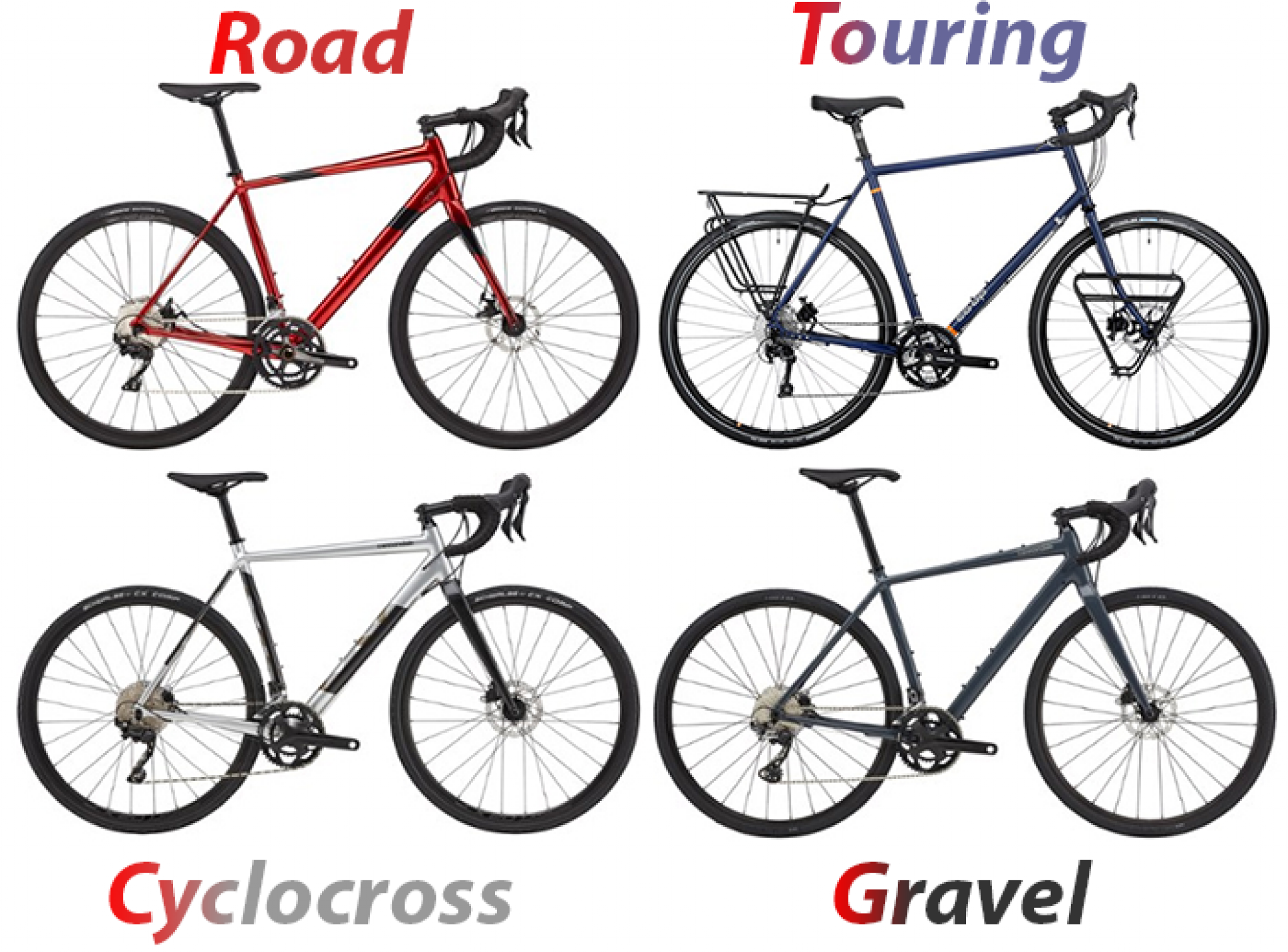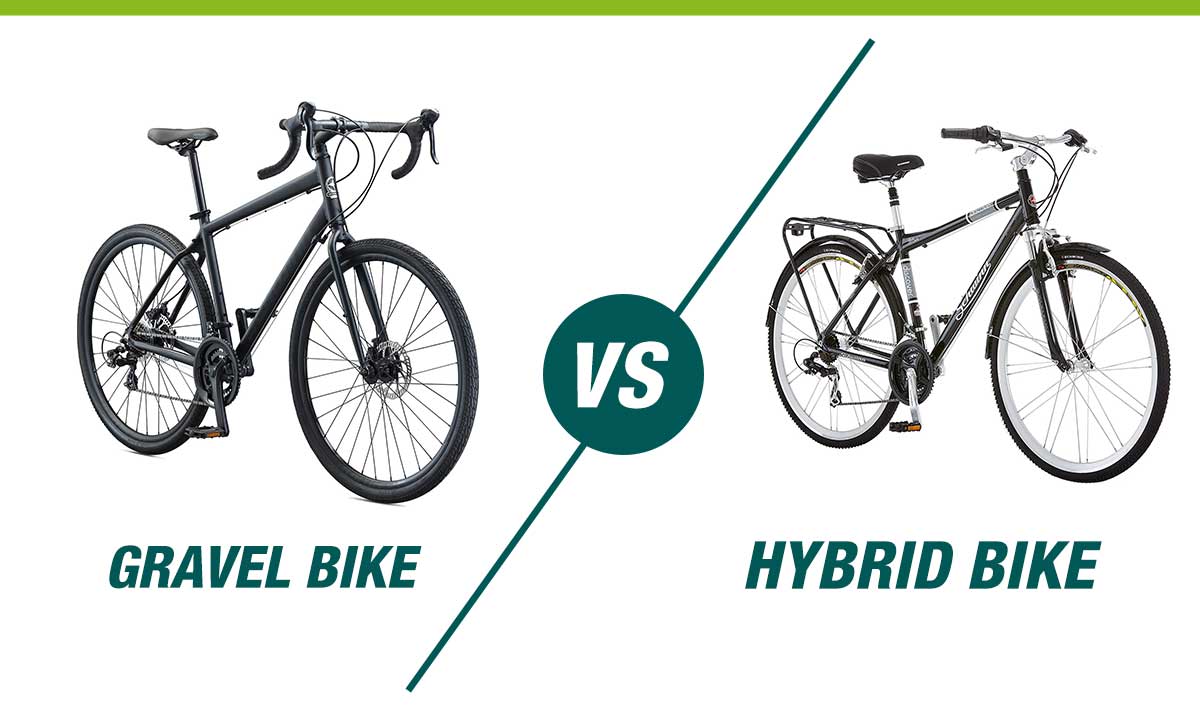Touring bike vs gravel bike – In the realm of cycling, touring bikes and gravel bikes have emerged as two popular choices for adventure-seekers. While both types share similarities, they also possess distinct characteristics that cater to specific riding styles and needs. This comprehensive guide delves into the key differences between touring bikes and gravel bikes, exploring their frame geometry, components, tire size and type, intended use, and riding style.
Whether you’re planning a cross-country expedition or tackling off-road trails, understanding the nuances of each bike type will empower you to make an informed decision that matches your cycling aspirations.
Touring Bikes vs Gravel Bikes
Touring bikes and gravel bikes are two popular choices for cyclists who enjoy long-distance riding. Both types of bikes are designed for stability and comfort, but there are some key differences between them. Touring bikes are typically heavier and have a more upright riding position, while gravel bikes are lighter and have a more aggressive riding position.
Touring bikes also have wider tires and a lower gear ratio, which makes them better suited for carrying heavy loads and climbing hills. Gravel bikes, on the other hand, have narrower tires and a higher gear ratio, which makes them faster and more efficient on smooth surfaces.
Defining Characteristics of Touring Bikes
- Sturdy frame made of steel or aluminum
- Long wheelbase for stability
- Upright riding position for comfort
- Wide tires for grip and stability
- Low gear ratio for climbing hills
- Front and rear racks for carrying luggage
Defining Characteristics of Gravel Bikes
- Lightweight frame made of carbon fiber or aluminum
- Shorter wheelbase for agility
- Aggressive riding position for speed
- Narrow tires for speed and efficiency
- High gear ratio for fast riding
- Drop handlebars for a more aerodynamic position
Similarities Between Touring Bikes and Gravel Bikes
- Both types of bikes are designed for long-distance riding.
- Both types of bikes have wide tires for stability.
- Both types of bikes have a comfortable riding position.
Frame Geometry and Design

Touring and gravel bikes have distinct frame geometries tailored to their respective purposes. Touring bikes prioritize stability and comfort for long-distance journeys with heavy loads. Their frames are typically longer, with a more upright riding position that distributes weight evenly across the bike.
This geometry promotes stability and reduces strain on the rider’s back, shoulders, and wrists.In contrast, gravel bikes are designed for agility and handling on rough terrain. Their frames are shorter and more compact, with a more aggressive riding position that places the rider in a forward-leaning stance.
This geometry enhances responsiveness and control, allowing riders to navigate technical sections with precision.Frame design also plays a significant role in comfort and efficiency. Touring bikes often feature a more relaxed head angle, which lengthens the wheelbase and provides greater stability.
They may also have a lower bottom bracket, which lowers the rider’s center of gravity and improves balance.Gravel bikes, on the other hand, have a steeper head angle, which shortens the wheelbase and increases agility. They may also have a higher bottom bracket, which raises the rider’s position and provides better ground clearance for off-road riding.
Curious about how often your refrigerator should cycle on and off? You’re not alone. To keep your food fresh and your energy bills low, it’s important to understand how often a refrigerator should cycle on and off. Similarly, if you’re a sports enthusiast, you might be wondering how much is flosports per year to access live events and exclusive content.
Impact on Handling and Stability, Touring bike vs gravel bike
The frame geometry of a bike directly affects its handling and stability. Touring bikes’ longer wheelbases and upright riding positions make them more stable at higher speeds, even when carrying heavy loads. Gravel bikes’ shorter wheelbases and aggressive riding positions make them more maneuverable, allowing riders to navigate tight corners and obstacles with ease.
If your refrigerator is cycling on and off too frequently, it could be a sign of a problem. Typically, a refrigerator should cycle on and off about four to eight times per hour, but this can vary depending on the model and the ambient temperature.
If you’re unsure how often your refrigerator should be cycling, consult the owner’s manual. For more information on how often a refrigerator should cycle on and off , check out this helpful guide.
Influence on Comfort and Efficiency
The frame design of a bike also influences comfort and efficiency. Touring bikes’ relaxed head angles and lower bottom brackets provide a more comfortable ride, especially over long distances. Gravel bikes’ steeper head angles and higher bottom brackets offer a more efficient pedaling position, which can improve speed and endurance.
Components and Features: Touring Bike Vs Gravel Bike

Touring bikes and gravel bikes share many components, but there are also some key differences. These differences reflect the different purposes of the two types of bikes.
Drivetrain
The drivetrain of a bike is responsible for transferring power from the pedals to the wheels. Touring bikes typically have a wider range of gears than gravel bikes, which allows them to handle a wider range of terrain. This is important for touring bikes, which may be carrying a heavy load and riding in a variety of conditions.
Gravel bikes, on the other hand, typically have a narrower range of gears, which makes them more efficient for riding on smooth surfaces. However, some gravel bikes do have a wider range of gears, which makes them more versatile.
Brakes
The brakes of a bike are responsible for slowing down and stopping the bike. Touring bikes typically have disc brakes, which are more powerful and reliable than rim brakes. This is important for touring bikes, which may be carrying a heavy load and riding in wet or muddy conditions.
Gravel bikes can have either disc brakes or rim brakes. Disc brakes are more powerful and reliable, but they are also more expensive. Rim brakes are less powerful and reliable, but they are also less expensive.
Tires
The tires of a bike are responsible for providing traction and cushioning. Touring bikes typically have wider tires than gravel bikes, which provides more stability and traction on rough terrain. Gravel bikes, on the other hand, typically have narrower tires, which makes them more efficient for riding on smooth surfaces.
Both touring bikes and gravel bikes can be equipped with tubeless tires, which are more resistant to punctures than traditional tires. Tubeless tires can also be run at lower pressures, which provides more traction and cushioning.
Other Features
In addition to the drivetrain, brakes, and tires, touring bikes and gravel bikes can also have a variety of other features, such as:
- Racks for carrying luggage
- Fenders to keep mud and water off the rider
- Lights for riding at night
- Kickstands for parking the bike
The specific features that a bike has will depend on the intended use of the bike. For example, a touring bike that is intended for long-distance travel will likely have a wider range of gears, more powerful brakes, and wider tires than a gravel bike that is intended for shorter rides on smooth surfaces.
Tire Size and Type

Tire size and type play a crucial role in determining the performance of touring bikes and gravel bikes. They affect factors such as rolling resistance, traction, and comfort.
Tire Size for Touring Bikes
Touring bikes typically use tires that are wider than those found on road bikes, ranging from 32mm to 42mm. Wider tires offer several advantages:
- Increased comfort:Wider tires provide more cushioning, reducing road vibrations and making long rides more comfortable.
- Improved stability:Wider tires provide a larger contact patch, which increases stability, especially when carrying heavy loads.
- Reduced rolling resistance:Wider tires can roll more easily over rough surfaces, reducing rolling resistance and making it easier to maintain speed.
Tire Size for Gravel Bikes
Gravel bikes, on the other hand, use tires that are narrower than those found on touring bikes, typically ranging from 30mm to 40mm. Narrower tires offer several advantages:
- Reduced weight:Narrower tires are lighter, making gravel bikes more agile and responsive.
- Improved speed:Narrower tires have lower rolling resistance, allowing gravel bikes to reach higher speeds on smooth surfaces.
- Increased grip:Narrower tires can dig into loose surfaces, providing better traction on gravel and dirt roads.
Tire Type for Touring Bikes and Gravel Bikes
In addition to tire size, tire type also plays a significant role in performance. Touring bikes and gravel bikes typically use tires with different tread patterns:
- Slick tires:Slick tires have a smooth tread pattern, providing minimal rolling resistance and making them ideal for paved roads.
- Semi-slick tires:Semi-slick tires have a combination of smooth and textured tread, offering a balance of speed and grip on mixed surfaces.
- Knobby tires:Knobby tires have a deep tread pattern, providing excellent grip on loose surfaces such as gravel, dirt, and sand.
The choice of tire type depends on the intended use of the bike. Slick tires are best for paved roads, semi-slick tires are suitable for mixed surfaces, and knobby tires are ideal for off-road riding.
Intended Use and Riding Style
Touring bikes are designed for long-distance travel, carrying heavy loads, and riding on a variety of surfaces. They typically have a more upright riding position for comfort, a longer wheelbase for stability, and sturdy frames and components to handle the weight of luggage.Gravel bikes are designed for riding on unpaved roads and trails, combining the speed and efficiency of a road bike with the stability and versatility of a mountain bike.
They have a more aggressive riding position than touring bikes, a shorter wheelbase for maneuverability, and wider tires for grip on loose surfaces.The intended use and riding style have a significant impact on bike selection. Touring bikes are best suited for long-distance trips with heavy loads, while gravel bikes are better for shorter rides on unpaved surfaces.
The riding style also plays a role, with a more upright position preferred for touring and a more aggressive position for gravel riding.
Conclusive Thoughts
Ultimately, the choice between a touring bike and a gravel bike hinges on your individual riding style and preferences. Touring bikes excel at long-distance journeys, offering stability, comfort, and ample storage capacity. Gravel bikes, on the other hand, prioritize agility, speed, and versatility, making them ideal for exploring unpaved roads and trails.
By carefully considering the factors Artikeld in this guide, you can select the perfect bike to accompany you on your next cycling adventure.
FAQ Corner
What are the key differences between touring bikes and gravel bikes?
Touring bikes prioritize stability, comfort, and storage capacity, while gravel bikes emphasize agility, speed, and versatility.
Which bike is better for long-distance touring?
Touring bikes are better suited for long-distance touring due to their stable frame geometry, comfortable saddles, and ample storage options.
Can gravel bikes be used for commuting?
Yes, gravel bikes can be used for commuting, as they offer a balance of speed, comfort, and versatility.
